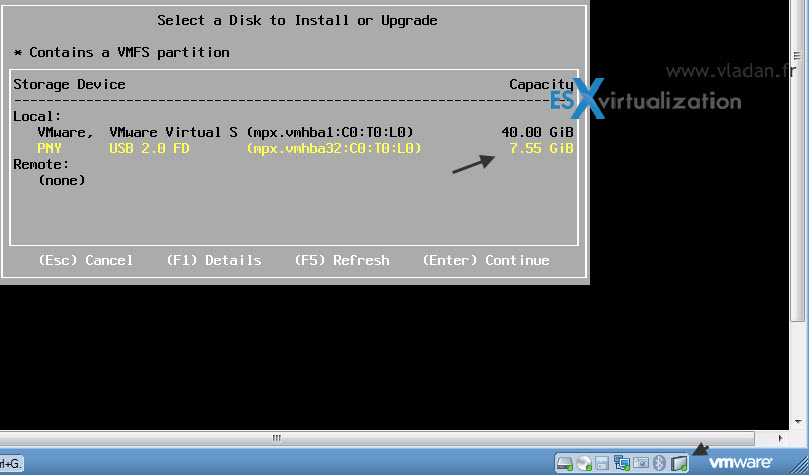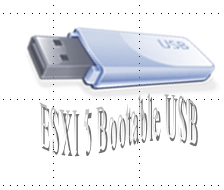
Create a Cisco ISE Virtual Machine on Hyper-V. Virtual Machine Resource Check from the Cisco ISE Boot Menu. On-Demand Virtual Machine Performance Check Using the show tech-support Command. Migrate Cisco ISE VM from Evaluation to Production. Connect a Cloned Cisco Virtual Machine to the Network. Change the IP Address and Hostname of a Cloned Virtual Machine. Clone a Cisco ISE Virtual Machine Using a Template. Verify VMWare Tools Installation Using the CLI. Verify VMWare Tools Installation Using the Summary Tab in the vSphere Client. Install Cisco ISE Software on a VMware System. Increase Virtual Machine Power-On Boot Delay Configuration. Connect to the VMware Server Using the Serial Console. Configure VMware Server Interfaces for the Cisco ISE Profiler Service. Enable Virtualization Technology on an ESXi Server. Prerequisites for Configuring a VMware ESXi Server. Install Cisco ISE on VMware Virtual Machine Using the ISO File. Virtual Machine Resource and Performance Checks. Reimage the Cisco SNS 3500/3600 Series Appliance. Create a Bootable USB Device to Install Cisco ISE. Since the installer gets loaded into memory you can also install ESXi right onto the same flash drive, which is exactly what I did when I setup my three Intel NUC‘s in my home lab. That’s it! Rufus will write the ISO image to the USB thumb drive and you’ll be able to boot your Intel NUC or server from the flash drive and install ESXi. Next you’ll be prompted to replace menu.c32, answer Yes. Click the icon that looks like a CD to select the ESXi ISO image you’ve downloaded.  Open Rufus and in the Device drop down select your USB flash drive. Connect your flash drive to your computer.
Open Rufus and in the Device drop down select your USB flash drive. Connect your flash drive to your computer. 
Download VMware ESXi ISO image from VMware.

The process is very easy with just one tool needed, Rufus – if you don’t already have it go ahead and download it now! I’ve mentioned how to create a bootable VMware ESXi installer USB flash drive in an older post, but wanted to detail the steps I use to create an ESXi bootable install drive.Ĭreating a bootable flash drive is very useful for machines without a CD-Rom or remote access like an iDRAC where you can virtually mount an ISO image – such as the Intel NUC.







 0 kommentar(er)
0 kommentar(er)
